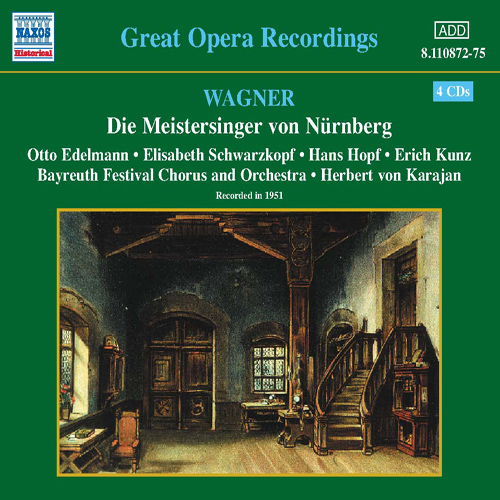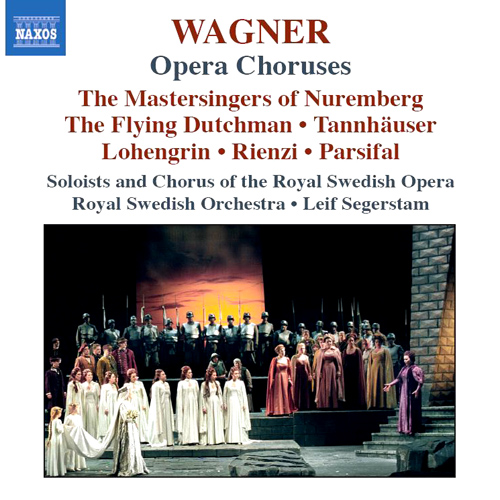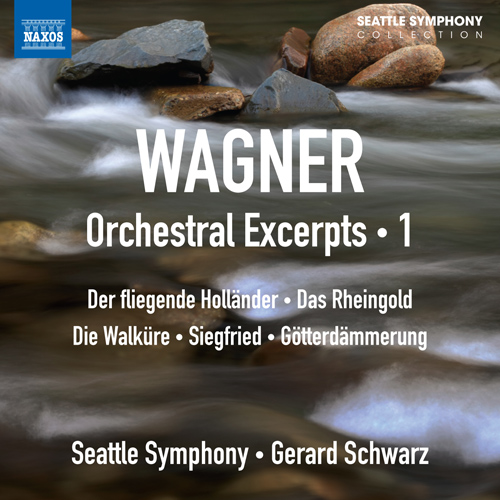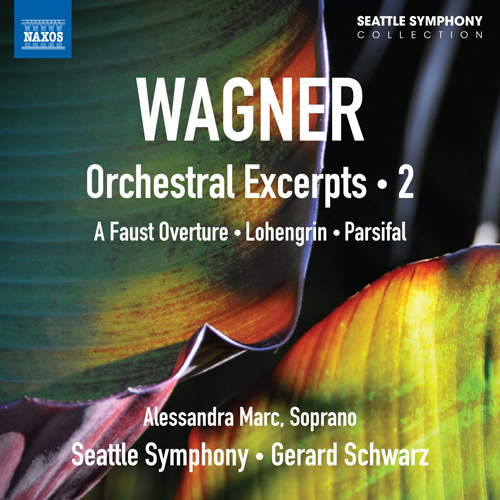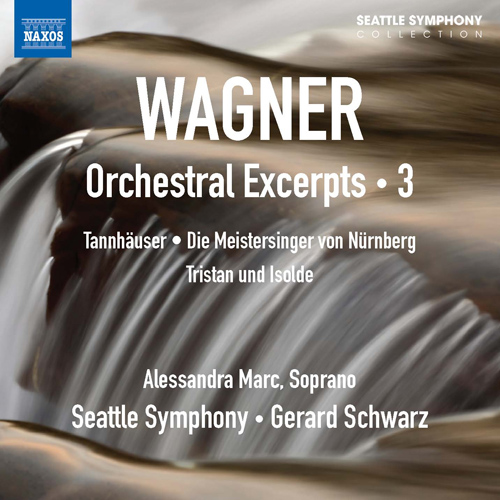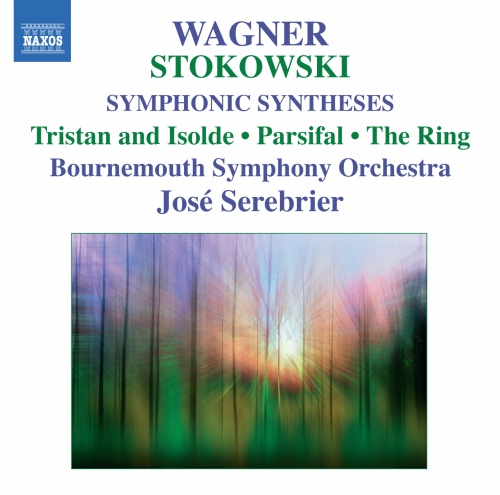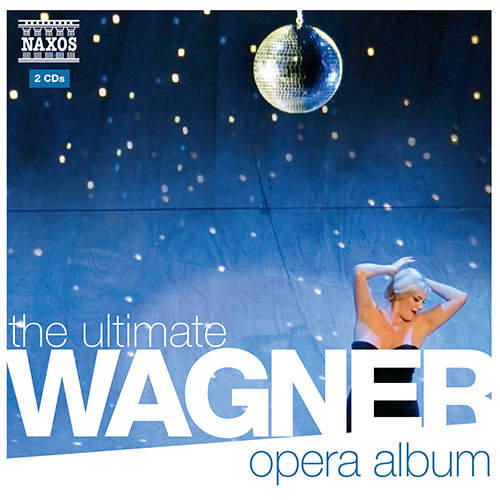Step into the Ring! Wagner’s Ring Cycle iPad app is aimed at anyone with an interest in Wagner’s monumental operatic achievement Der Ring des Nibelungen (‘The Ring of the Nibelung’). With its particular recording and publishing expertise, Naxos is perfectly placed to celebrate Richard Wagner’s anniversary year with this groundbreaking app.
Comprising four separate operas, Wagner’s visionary Der Ring des Nibelungen took 25 years to complete. Centred around a ring of power and the attempts of various people to acquire it, the Ring cycle explores the relationship between love and earthly power and the themes of yearning and loss, all within a setting of medieval legend.
Whether you are intimately acquainted with the cycle or a newcomer to it, you can enjoy a clearly and beautifully presented outline of the work’s so-called ‘leitmotifs’. These musical calling-cards are woven in a sophisticated web throughout all four operas – Das Rheingold (‘The Rhinegold’), DieWalküre (‘The Valkyrie’), Siegfried and Götterdämmerung (‘Twilight of the Gods’): here is the chance to get to grips with them, refresh your memory, and enhance your listening experience.
Of course the Ring is about more than motif-spotting, and there is plenty of background material here as well:
- 130 audio clips: 65 different leitmotifs isolated from the operas.
- Extended audio clips: eight tracks, two from each opera.
- An explanation of each leitmotif example.
- Each leitmotif example in musical notation.
- Biographical text about Richard Wagner.
- Clear synopses of the operas.
- Information about the operas in performance.
- Comments from renowned tenor, Simon O’Neill.
- Further Reading
- Photographs
Das Rheingold
Probst • Schuster • Ruuttunen • Lorenz • KünzliStaatsoper Stuttgart • Staatsorchester Stuttgart • Zagrosek
The prologue Das Rheingold deals with the theft and subsequent surrender of the ring forged from the Rhinegold by the Nibelung dwarf Alberich. The Independent described its 2002 production of Das Rheingold as ‘clever, witty... wellsung (with Esa Ruuttunen outstanding as Alberich) and expressively conducted by Lothar Zagrosek’.
Die Walküre
Gambill • Jun • Rootering • Denoke • Behle • VaughnStaatsoper Stuttgart • Staatsorchester Stuttgart • Zagrosek
The second part, Die Walküre, tells the story of the meeting of Siegmund and Sieglinde, children of Wotan, and the death of Siegmund through Wotan’s unwilling intervention. ‘Lothar Zagrosek offers a masterclass in the art of swift but sonorous Wagnerian conducting.’ The Independent, January 2004.
Siegfried
West • Göhrig • Schöne • Waag • Jun • Herrera • Ranada • GasteenStaatsoper Stuttgart • Staatsorchester Stuttgart • Zagrosek
The third opera of the cycle, Siegfried, deals with the life of the young hero, his release from the evil dwarf Mime, who has nurtured him for his own ends, his killing of the dragon Fafner, and his braving of the surrounding flames to wake the Valkyrie Brünnhilde from her enchanted sleep. ‘Lothar Zagrosek’s shaping of the score is unerringly vivid.’ BBC Music Magazine, June 2004.
Götterdämmerung
Bonnema • Iturralde • Kapellmann • Bracht • DeVol • WestbroekStaatsoper Stuttgart • Staatsorchester Stuttgart • Zagrosek
The fourth opera of the cycle, Götterdämmerung, brings the betrayal and death of the young hero Siegfried and of his beloved Brünnhilde. The ring itself is restored to the Rhinemaidens, and the age of gods and heroes ends, as Valhalla burns. Stuttgart State Opera has been voted Opera Theatre of the Year six times by critics in Austria, Switzerland and Germany.
An Introduction to...
Wagner
The Ring of the Nibelung
Written and read by Stephen JohnsonWagner’s Ring cycle is the most ambitious work in the history of music: four operas that combine to tell a single epic story. Based in legend, it has become a legend in its own right: a supreme challenge for conductors, singers, opera producers, and indeed for audiences. But for all its grandeur and complexity, The Ring is far more accessible than many music lovers think. This two-disc guide explains the basics of the plot, profiles the leading characters, and shows how Wagner’s revolutionary music adds fascinating layers of meaning and psychological insight, as well as providing some of the most stirring and intoxicating moments in the entire operatic repertoire.
Richard Wagner (1813–1883) was a remarkable innovator in both the harmony and structure of his work, stressing his own concept of the Gesamtkunstwerk, the ‘total work of art’, in which all the arts were brought together into a single unity. As a man he was prepared to sacrifice his family and friends in the cause of his own music and his overt anti-semitism has attracted unwelcome attention to ideas that are remote from his real work as a musician. In the later part of his career Wagner enjoyed the support of King Ludwig II of Bavaria and was finally able to establish his own theatre and festival at the Bavarian town of Bayreuth. He developed the use of the leitmotif (in German Leitmotiv– ‘leading motif’) as a principle of musical unity, his dramatic musical structure depending on the interweaving of melodies or fragments of melody associated with characters, incidents or ideas in the drama. His prelude to the love tragedy Tristan und Isoldeled to a new world of harmony.
Wagner won his first operatic success in Dresden with the opera Rienzi, based on a novel by Edward Bulwer-Lytton. This was followed a year later, in 1843, by Der fliegende Holländer (‘The Flying Dutchman’), derived from a legend recounted by Heine of the Dutchman fated to sail the seas until redeemed by true love. Tannhäuser, dealing with the medieval Minnesinger of that name, was staged in Dresden in 1845. Wagner’s involvement in the revolution of 1848 and subsequent escape from Dresden led to the staging of his next dramatic work, Lohengrin, in Weimar, under the supervision of Liszt. The tetralogy The Ring — its four operas Das Rheingold, Die Walküre (‘The Valkyrie’), Siegfried and Götterdämmerung (‘The Twilight of the Gods’) — is a monument of dramatic and musical achievement that occupied the composer for a number of years. Other music dramas by Wagner include Tristan und Isolde, Die Meistersinger von Nürnberg (‘The Mastersingers of Nuremberg’), and his final work, Parsifal.
The best known of Wagner’s orchestral compositions is the Siegfried Idyll, an aubade written for the composer’s second wife, Cosima (illegitimate daughter of Liszt and former wife of Wagner’s friend and supporter Hans von Bülow). His early works also include a symphony.
At the root of Wagner’s drama of forbidden love, Tristan und Isolde, was his own affair with Mathilde Wesendonck, wife of a banker upon whose support he relied during years of exile in Switzerland. The five Wesendonck-Liederare settings of verses by Mathilde Wesendonck


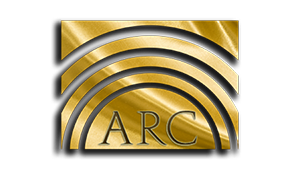






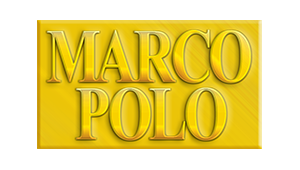


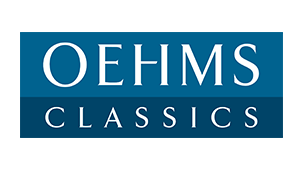




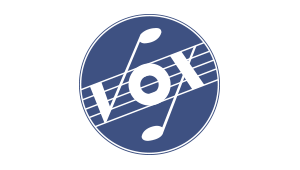


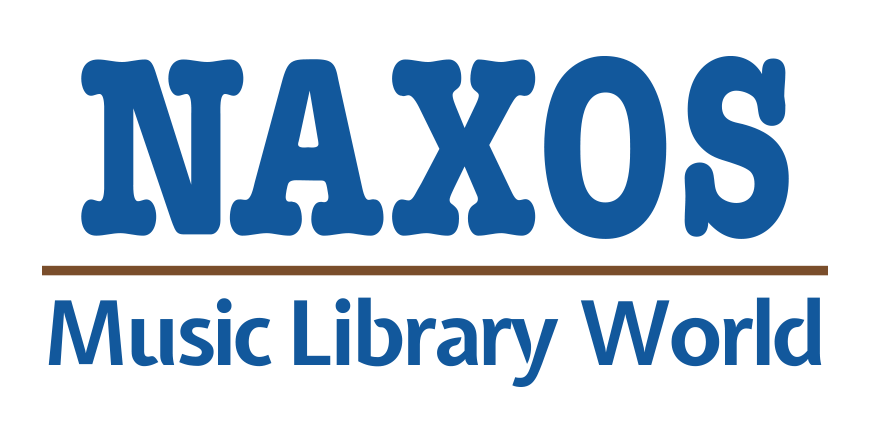



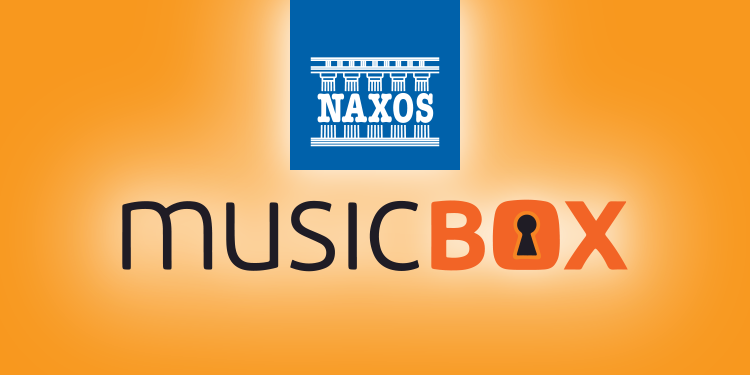



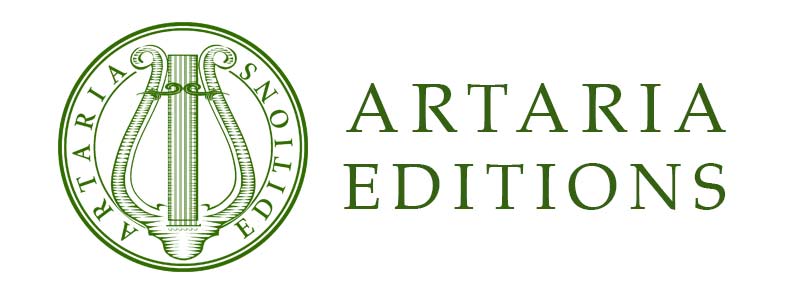


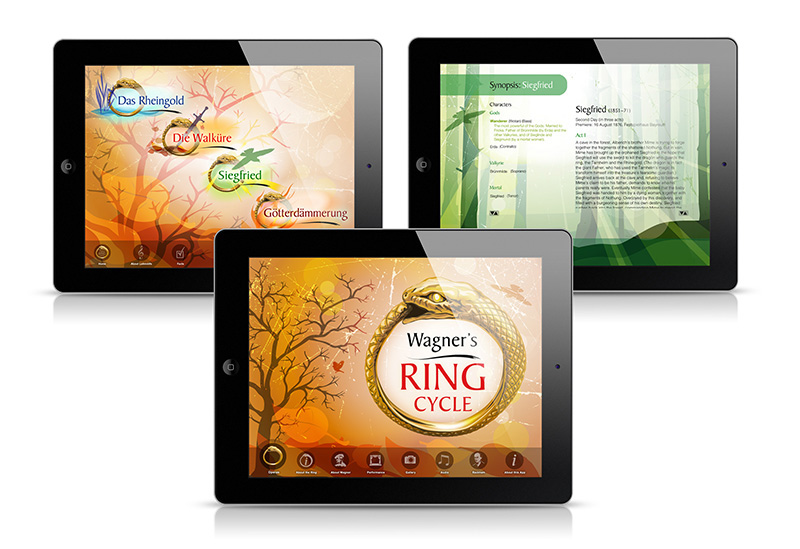
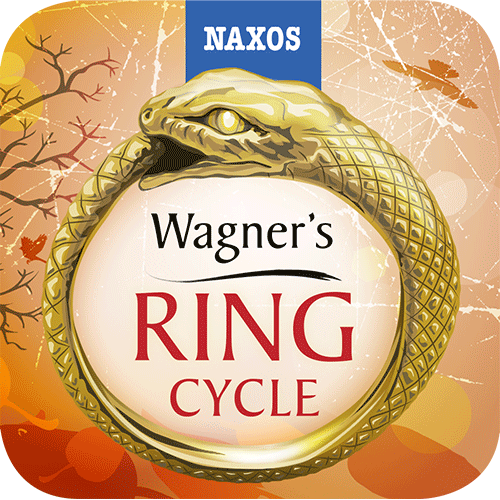
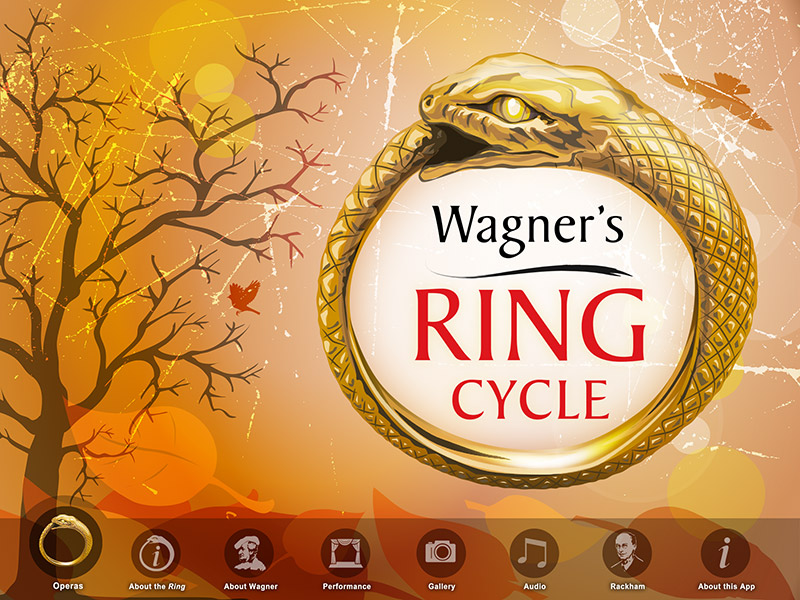



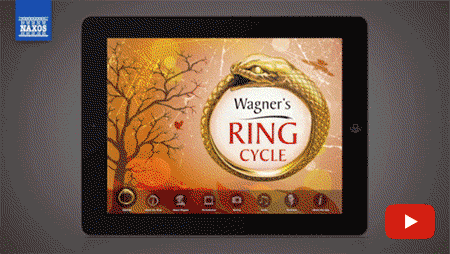
![WAGNER, R.: Ring des Nibelungen (Der): Das Rheingold [Opera] WAGNER, R.: Ring des Nibelungen (Der): Das Rheingold [Opera]](https://cdn.naxos.com/sharedfiles/images/cds/hires/8.660170-71.jpg)
![WAGNER, R.: Ring des Nibelungen (Der): Die Walküre [Opera] WAGNER, R.: Ring des Nibelungen (Der): Die Walküre [Opera]](https://cdn.naxos.com/sharedfiles/images/cds/hires/8.660172-74.jpg)
![WAGNER, R.: Ring des Nibelungen (Der): Die Walküre [Opera] WAGNER, R.: Ring des Nibelungen (Der): Die Walküre [Opera]](https://cdn.naxos.com/sharedfiles/images/cds/hires/8.660175-78.jpg)
![WAGNER, R.: Ring des Nibelungen (Der): Götterdämmerung [Opera] WAGNER, R.: Ring des Nibelungen (Der): Götterdämmerung [Opera]](https://cdn.naxos.com/sharedfiles/images/cds/hires/8.660179-82.jpg)


![WAGNER, R.: Fliegende Holländer (Der) [Opera] WAGNER, R.: Fliegende Holländer (Der) [Opera]](https://cdn.naxos.com/sharedfiles/images/cds/hires/8.660025-26.jpg)
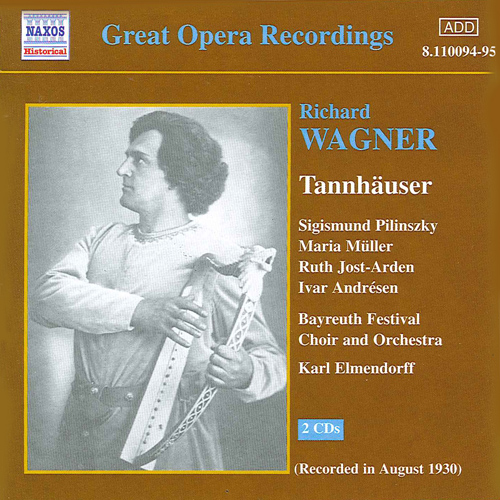
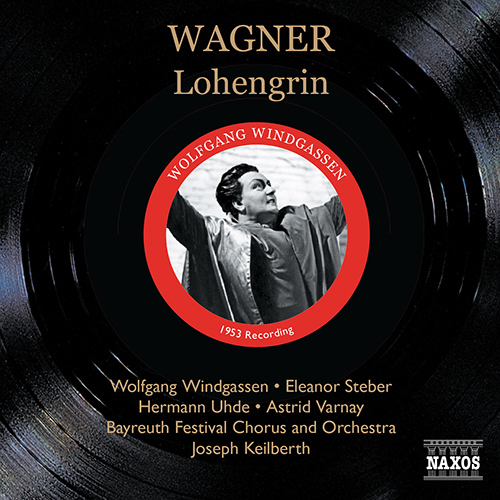
![WAGNER, R.: Tristan und Isolde [Opera] WAGNER, R.: Tristan und Isolde [Opera]](https://cdn.naxos.com/sharedfiles/images/cds/hires/8.660152-54.jpg)

